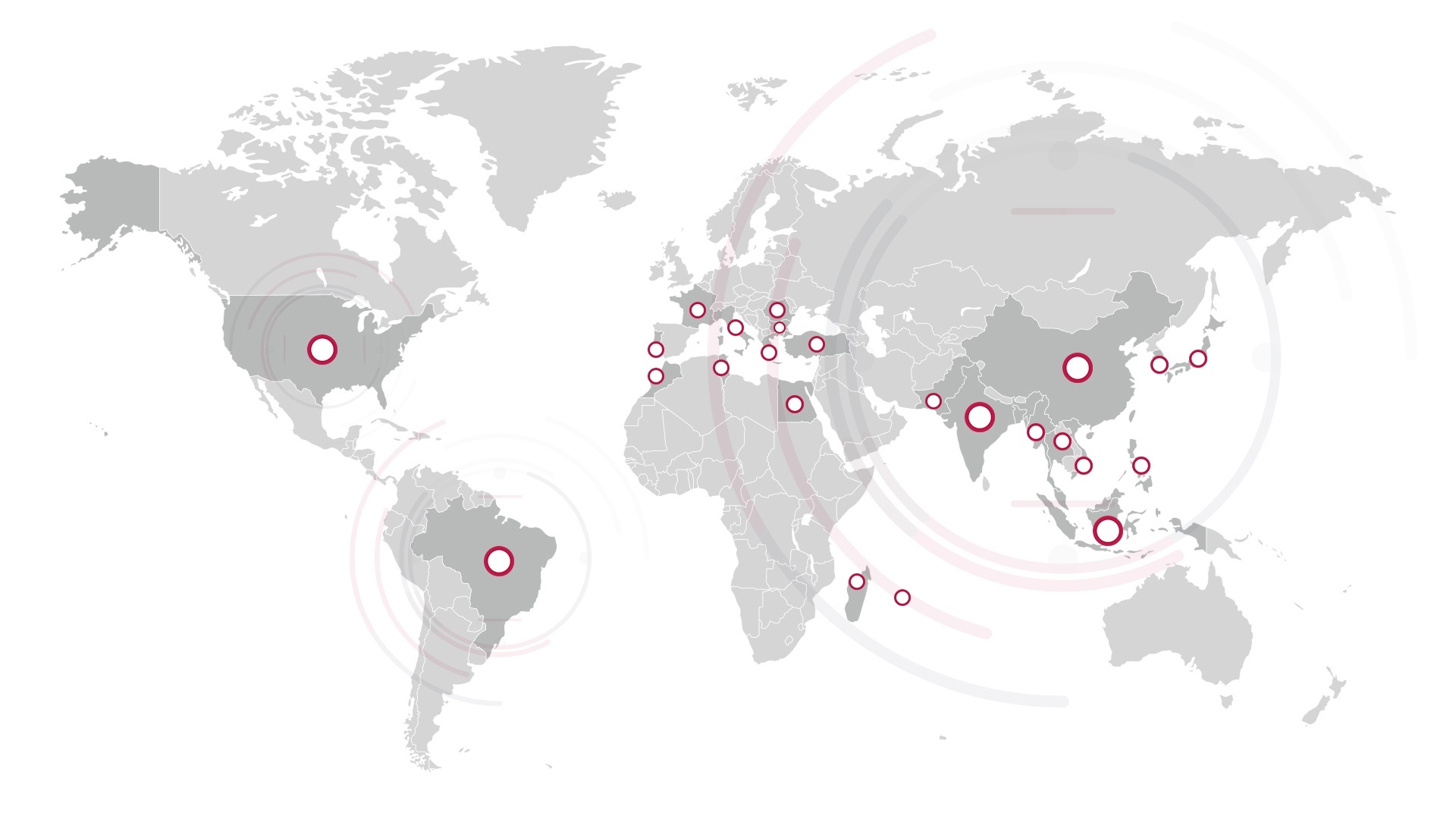As the fashion industry moves toward a green, circular economy with as much reuse as possible, many brands and retailers are incorporating recycled materials into their products. However, as mindful consumers become more aware and critical of sustainability claims, brands and retailers must be able to trace and verify the recycled materials in their products. In some cases, confirming the use of recycled materials can be a simple process, but overall, traceability is an exceedingly complex issue.
One size does not fit all
Different recycled materials often mean different supply chains, with different processes for tracing and verifying the materials. For example, recycled polyester would not be handled the same way as recycled linen or cotton. Overall, the issue of verifying recycled materials should be evaluated on a case-by-case basis and consider your brand’s objectives. Is this for CSR, environmental purposes, a legal obligation, or something else? Do you want to trace the percentage of recycled materials or the recycled materials supply chain? Is it the authenticity of the recycled material that you want to verify or its proportion? Cases will vary depending on the suppliers, the complexity of the supply chain, the materials, whether they came from pre-consumer or post-consumer waste, and more.
This complex process can be simplified into three key steps:
Step 1: Verify the documentation
Even if you know your supply chain, relying solely on someone else’s information is always risky. Therefore, the first step to tracing and verifying the use of recycled materials in your products is to collect and verify the proof documentation from your suppliers. Some companies handle this internally, but many outsource it to not only keep the process agile but to rely on the expertise of professionals who can pinpoint gray areas and find missing elements.
Step 2: Visit the suppliers
Verifying documents may not be enough on its own, and there may even be missing documents. Therefore, it is even more effective to go onsite to see and assess the supplier’s processes, capabilities, and capacities. We use this process at SgT to help our customers map their entire supply chain from fiber to finished product. Our experts go to the fiber manufacturing plants and look at things like: Where are they procuring the raw materials? Is this pre-consumer or post-consumer? If a factory says it can produce a certain number of pieces a day, how can we verify that?
Step 3: Conduct scientific testing
The only way for a brand to be 100 percent sure of its recycled materials claims without any room for doubt would be through a science-based approach with laboratory testing. Accurate scientific testing allows you to not only ensure that your products genuinely contain recycled materials but that the amount of the recycled materials matches what your suppliers have declared.
Overall, different processes and materials require different approaches to traceability, as do the diverse goals and concerns of the brands and retailers. That’s why it’s important to have the support of an expert who can look at things like the type of recycled materials you’re using and your specific goals to create a tailored process that’s ideal for your brand.
Want to learn more about how SgT helps brands and retailers trace their recycled materials and verify their claims?



